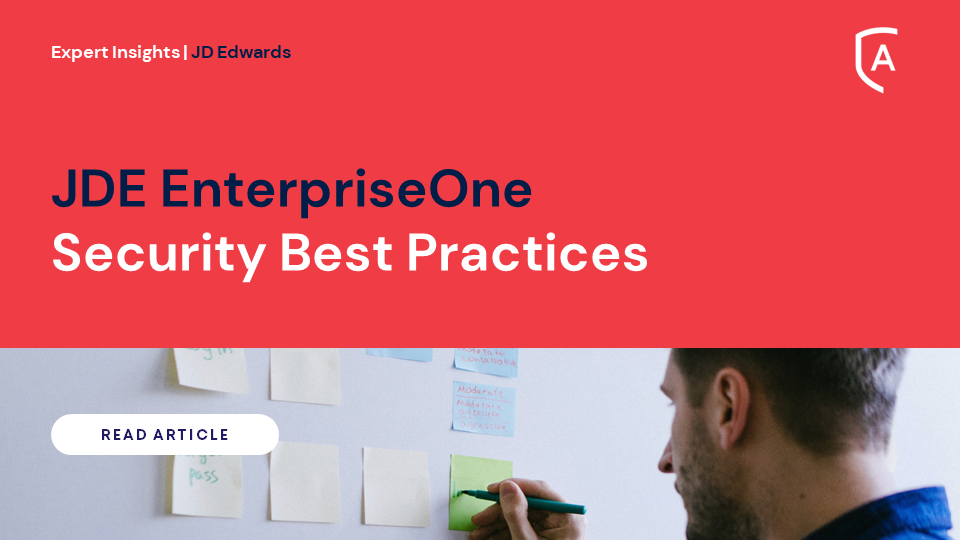Client in Focus
Throughout its history of more than 125 years (1898-present), Mitchells & Butlers has pioneered sustainable growth strategies for its restaurant, property, and investment operations, establishing market leadership with over 44,000 employees. Their property department oversees activities for 1,700 establishments, advising on asset management, brand growth, investment, acquisitions, development, and transactions.
Discover our industry leading expertise
Industry Insights
JDE EnterpriseOne Security Best Practices
The standard security mechanism both for World and EnterpriseOne is very complex. End-users need to create security restrictions in the applications to authorize the right users for the right conte











